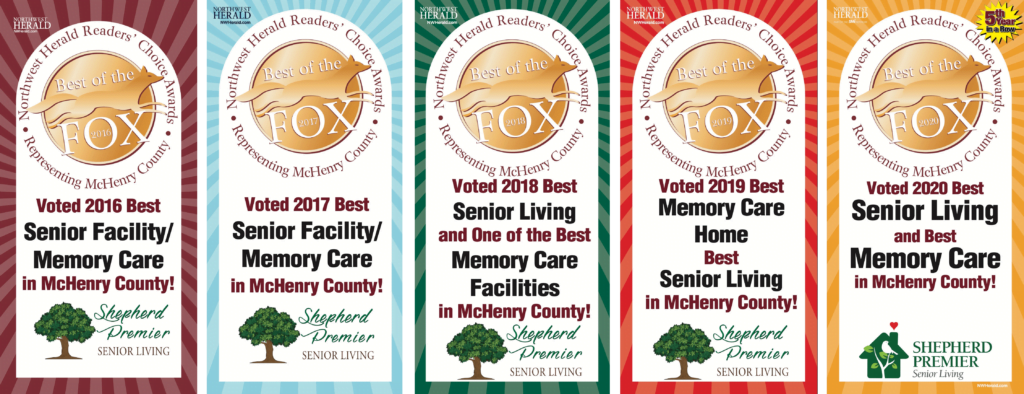If you’re looking for senior care, we know how confusing it can be. Luckily you have plenty of options from which to choose, but where do you start? The answer is surprisingly simple: with your needs and wants. That’s right, senior care today is focused on the level of support needed as well as your lifestyle preferences. That ensures you can find just the right fit whether it’s at home, in senior living or in residential care. We’ll show you how, and help you compare.
Size Up the Situation
First, take some time to honestly assess where things stand right now including:
- Current health concerns
- Social opportunities and isolation concerns
- Stress of home maintenance
- The level of assistance needed with daily activities and tasks
Also get input from family members, including your loved one, if you’re seeking help for them.
Then, make a list of what’s most important such as:
- Non- negotiables for the family and your loved one
- Location preferences
- Lifestyle preferences
- Wish list of nice-to-have features, amenities and/or services
- Budget
Senior Care Options
Now that you have a better understanding of what you’re looking for, let’s compare the pros and cons of care at home, in senior living and in residential care.
Care at Home
Naturally, most families initially prefer this option, but there are some distinct pros and cons to consider.
Pros:
- Care can be provided by a loved one, a home health care professional or a combination of both.
- It may cost less than senior living or residential care initially as you have the choice of care on an hourly, as needed, or a 24/7 live-in basis.
- You have a range of service options including personal care, household chores, cooking and transportation as well as occupational, physical and/or speech therapy.
- You or your loved one can avoid the stress that may come with moving to an unfamiliar place.
- You can remain with family members who don’t yet need the same assistance.
Cons:
- It can put a strain on family members as they manage caregiving responsibilities with their own.
- The costs of care at home can spiral quickly as needs increase and/or if the support is needed long term.
- Most believe they have more privacy at home, but care at home can actually feel more intrusive for some, particularly others living in the same home.
- Often, safety and accessibility updates to the home become necessary which creates additional costs.
- Isolation, as well as lack of exercise and proper nutrition, are common problems for care at home, particularly if the assistance is intermittent.
Senior Living
For care in a senior living community, your options include assisted living which offers housing, onsite care and support with daily activities and memory care which offers a specialized care environment for those with Alzheimer’s disease and dementia.
Senior Living Pros:
- Home maintenance, housekeeping, laundry, transportation and three well-balanced meals a day are typically provided.
- Multiple levels of care may be on the same campus making it easier to transition as health needs evolve.
- Social opportunities and wellness are part of life with activities, events, outings, fitness classes and amenities such as a pool.
Senior Living Cons:
- Many feel moving to senior living represents a loss of independence and control.
- It can be hard to adapt to an unfamiliar environment.
- The caregiver to resident ratio can be 1 to 20 which limits the amount of personal attention you’ll receive.
- Large communities can have an institutional feel and some may feel lost with multiple buildings to navigate between and potentially 100s of new ‘neighbors.’
Boutique Senior Living
This type of care setting is one you may not be familiar with, but it’s gaining in popularity for blending the comfort of home with the care and amenities of senior living. For example, we are licensed for both assisted living and memory care as well.
Pros:
- A caregiver to resident ratio of 1 to 5 which benefits residents with more personalized care and attention from the staff that really knows you or your loved one.
- Care is provided by trained nurses, certified nursing assistants and caregivers in a renovated and upgraded, single-family home in a quiet, residential neighborhood.
- Homes have 10 to 16 residents yet offer at least 4,000 square feet of living space.
- Three home-style meals that meet individual dietary requirements are offered daily and laundry and cleaning services are also provided.
- Amenities include beautifully landscaped grounds and home gardens, complimentary Wi-Fi, transportation and safety features such as fall alert pendants, state-of-the-art video monitoring and keypad entry/exit access.
- Activity programs feature daily exercises, socialization, cognitive stimulation and immersive activities as well as group outings and live entertainment.
Cons:
- Privacy may be a concern for some; however private rooms are an option.
- Availability could be more limited as residential care homes typically have no more than 16 residents.
We are here to support you in finding the best senior care option. Call (224) 333-6247 to speak to a team member.




